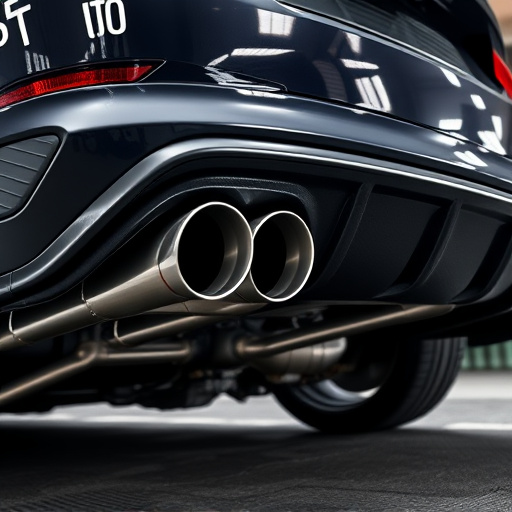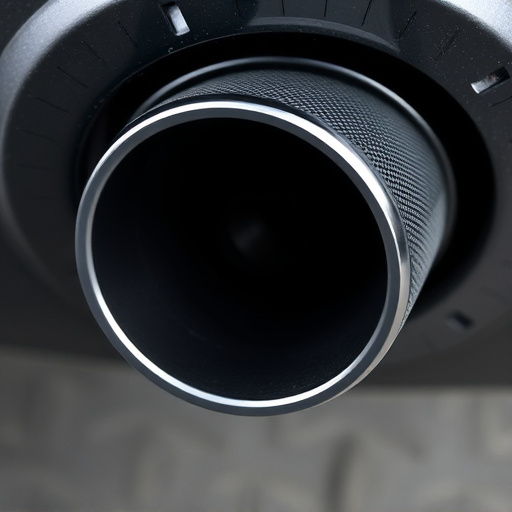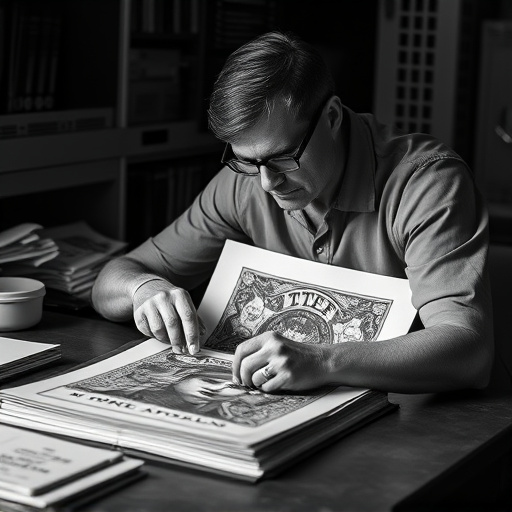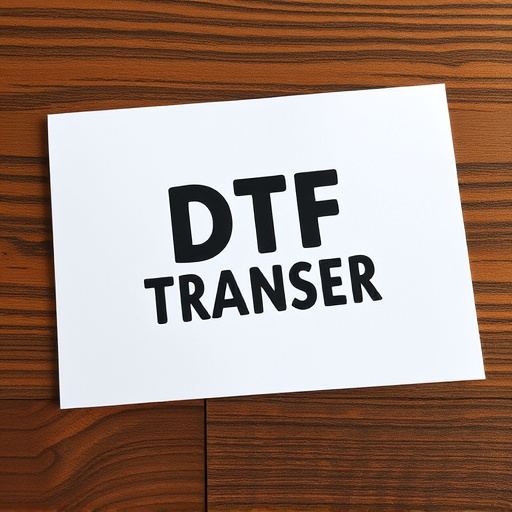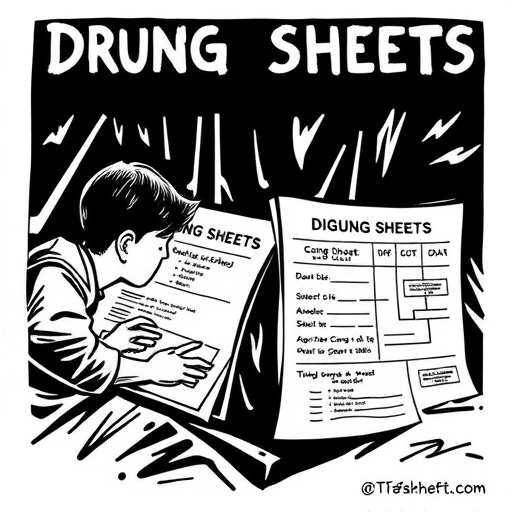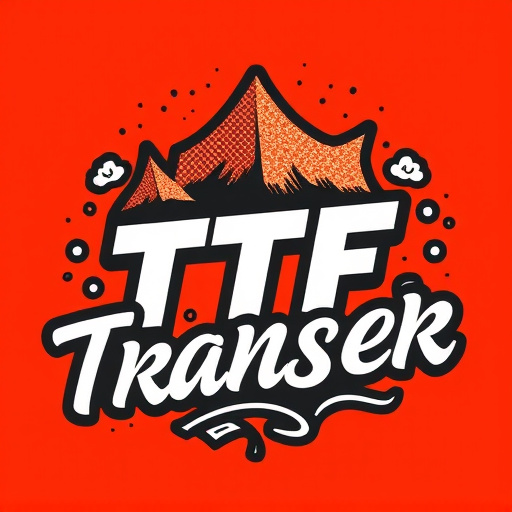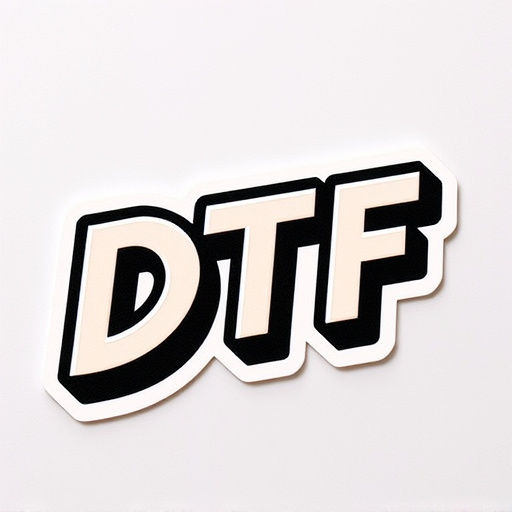Direct-to-film (DTF) printing is a cutting-edge technology that enables precise transfer of high-resolution digital prints onto various materials via flexible film. It offers exceptional quality and detail accuracy, making it versatile for small to large-scale productions on garments, fabrics, and more. DTF printing's precision allows intricate patterns and logos, eliminating common printing issues. Key applications include custom T-shirts, signage, and promotional items. Choosing the right film and substrate ensures high adhesion, vibrant colors, and crisp details. The future of DTF printing includes advancements in technology, sustainability, automation, and AI integration for faster production times and on-demand manufacturing.
“Unleash your creativity with Direct-to-Film (DTF) printing technology, a game-changer for personalized design. This innovative process allows for unique, high-quality prints on various materials, revolutionizing the way we create custom art and products. In this article, we explore DTF’s advantages, from its precise color reproduction to its versatility in applications. Learn how the technology works, discover optimal material choices, and stay ahead of future trends shaping the exciting world of DTF printing and its countless possibilities.”
- Understanding Direct-to-Film (DTF) Printing Technology: A Brief Overview
- Advantages of DTF Transfer for Custom Designs
- The Process: How DTF Creates Personalized Prints
- Applications: Where DTF Printing Shine
- Material Considerations for Optimal DTF Results
- Future Trends and Innovations in DTF Printing
Understanding Direct-to-Film (DTF) Printing Technology: A Brief Overview

Direct-to-film (DTF) printing is a cutting-edge technology that has revolutionized personalized design and application processes. This innovative method eliminates traditional intermediate steps, allowing for direct transfer of designs onto various materials via a film. DTF transfers offer exceptional precision and quality, ensuring intricate details are accurately reproduced on garments, fabrics, and other surfaces.
The process involves creating a high-resolution digital print file that is then converted into a flexible film. This film acts as a stencil, precisely blocking the areas where ink should or shouldn’t be applied when pressed against the target material. DTF printing is renowned for its versatility; it can be used on a wide range of materials, from textiles to metals and plastics. Its ability to produce sharp, detailed prints has made it a favorite among businesses and individuals seeking unique, customized designs in both small and large-scale productions, thereby elevating the overall quality and appeal of DTF prints.
Advantages of DTF Transfer for Custom Designs

Direct-to-film (DTF) printing offers a myriad of advantages for creating personalized designs. One of its key strengths lies in the ability to produce high-quality, custom prints directly on various materials, such as fabric, wood, and metal, without the need for intermediate transfers. This streamlined process significantly reduces production time and costs, making it an attractive option for businesses and individuals seeking unique, made-to-order items.
Additionally, DTF technology allows for exceptional detail retention and vibrant color accuracy, ensuring that personalized designs look as intended. The direct application of ink onto the surface provides a smooth finish and eliminates potential issues like bleeding or misalignment often encountered with traditional printing methods. This level of precision is especially valuable when creating intricate patterns, logos, or text, resulting in DTF prints that are both visually stunning and long-lasting.
The Process: How DTF Creates Personalized Prints
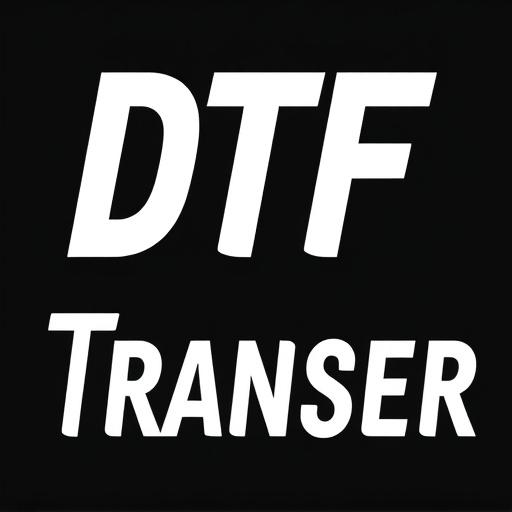
Direct-to-film (DTF) printing is a game-changer when it comes to creating personalized designs on various materials, from clothing to accessories. The process begins with a digital design, which is then transferred onto a film sheet using specialized DTF transfer technology. This film acts as a template, carrying the intricate patterns and colors of the original design.
The printed film is subsequently placed over the desired substrate, whether it’s fabric, leather, or other materials. Heat and pressure are applied to fuse the ink from the film onto the surface, resulting in vibrant and precise DTF prints. This method allows for a wide range of creative possibilities, enabling designers to offer unique, customized products tailored to individual preferences.
Applications: Where DTF Printing Shine
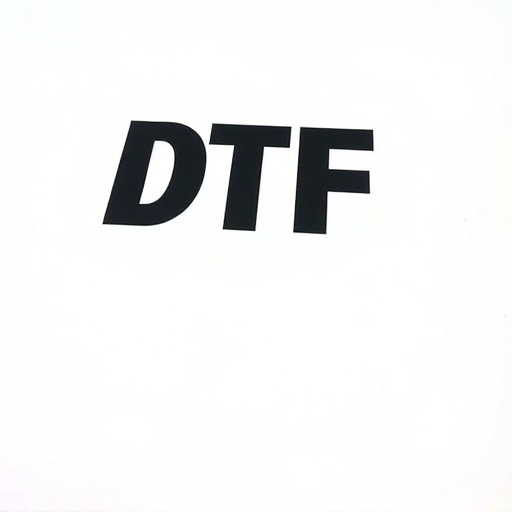
Direct-to-film (DTF) printing technology has found its niche in various applications where personalized designs and unique creations are sought after. One of its most prominent uses is in the production of custom T-shirts, allowing designers and businesses to bring one-of-a-kind garments to life. With DTF transfer techniques, intricate patterns, full-color prints, and even photographic images can be achieved on a variety of fabrics, making it an appealing choice for fashion enthusiasts and small businesses alike.
Additionally, DTF printing excels in signage and display materials. Whether it’s creating eye-catching banners, promotional posters, or custom murals, the technology enables high-quality, long-lasting prints directly onto various surfaces. This makes it a versatile solution for marketing campaigns, events, and even indoor/outdoor decor, offering businesses an efficient way to create visually appealing content that captures attention and leaves a lasting impression.
Material Considerations for Optimal DTF Results
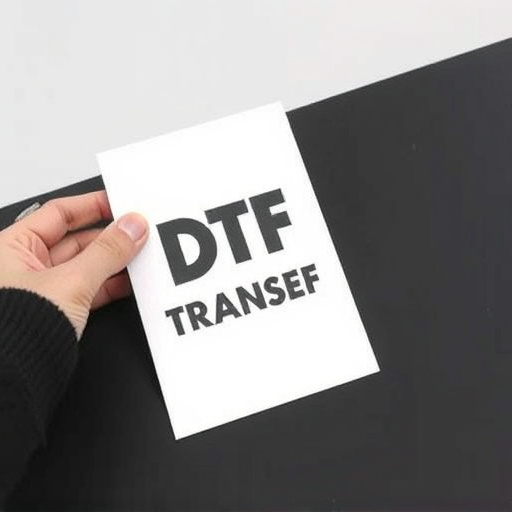
When working with direct-to-film (DTF) printing technology, material considerations are crucial for achieving optimal results. The choice of film and substrate plays a significant role in the quality and durability of DTF transfers and prints. For instance, selecting the right type of film ensures better adhesion to various surfaces, be it clothing, signs, or promotional items.
For DTF Printing, using high-quality, compatible films is essential. These films should offer excellent opacity to prevent show-through, ensuring vibrant colors and crisp details in the final prints. Additionally, considering factors like film thickness, flexibility, and weather resistance can enhance the longevity of DTF Prints, making them suitable for both indoor and outdoor applications.
Future Trends and Innovations in DTF Printing
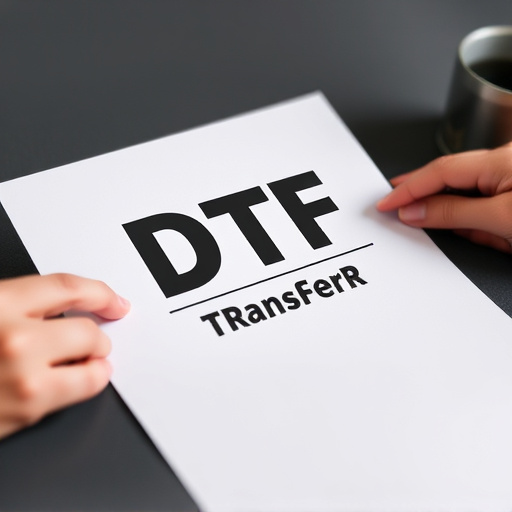
The future of DTF printing looks bright and innovative. As technology advances, we can expect to see higher print resolution and an even wider range of materials compatible with DTF transfers. This will enable more intricate and detailed designs, opening up new possibilities for custom apparel, signage, and promotional products. The industry is also exploring the potential of sustainable inks and eco-friendly materials, addressing environmental concerns while delivering high-quality DTF prints.
Additionally, automation and AI integration are likely to streamline the printing process, making it faster and more efficient. These innovations could lead to on-demand production, where custom designs can be swiftly transformed into physical products, revolutionizing various industries. With continuous advancements, DTF printing is poised to become an even more versatile and sought-after technology for creating personalized, high-impact prints across diverse applications.

